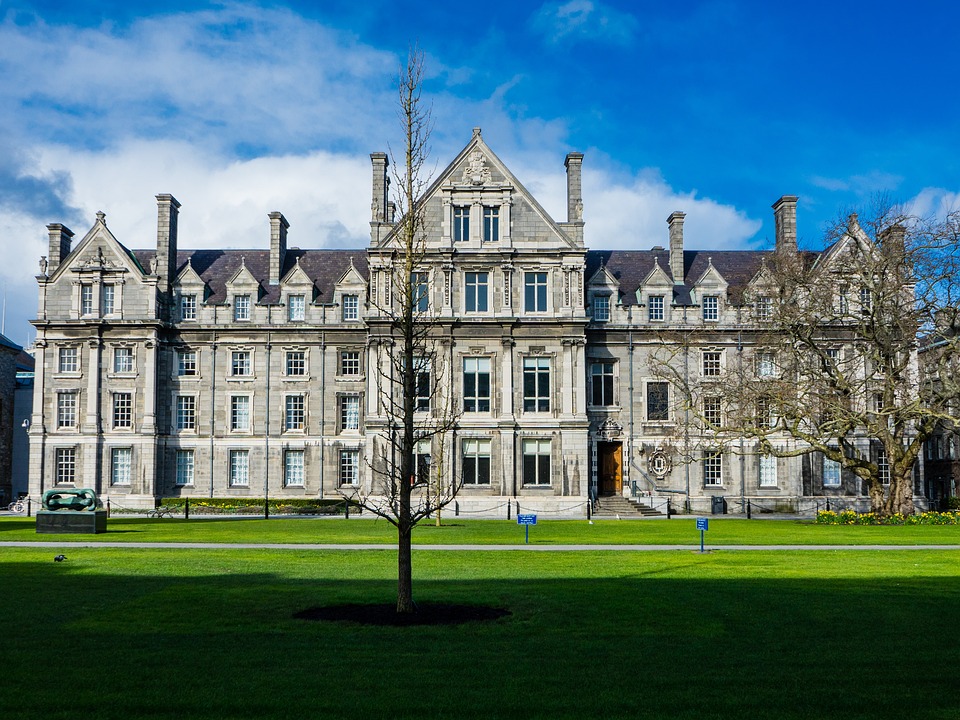My Study Abroad Journey: How I Got a Scholarship Without Paying a Kobo
The dream of studying abroad felt like a distant star, twinkling in the vast expanse of impossibility. I was a Nigerian student, passionate about [mention your field of study, e.g., environmental engineering], but plagued by the harsh realities of limited financial resources. The stories I heard were discouraging – tales of exorbitant application fees, visa costs, and the ever-present specter of needing to “know someone” to secure a scholarship. Paying a bribe, colloquially known as a “kobo,” seemed almost like a rite of passage, a sad necessity to navigate the complex web of opportunities.
However, I refused to succumb to this narrative. I held onto the belief that merit and a genuine desire to learn could pave the way. This article chronicles my journey – the challenges, the strategies, and the eventual triumph of landing a fully-funded scholarship to study [mention your chosen country and university, e.g., a Master’s degree in Sweden at Chalmers University of Technology] without paying a single kobo.
The Spark of Inspiration and the Initial Research:
My journey began with a flicker of inspiration. I devoured stories of other African students who had successfully navigated the scholarship landscape. These narratives, available on websites, blogs, and scholarship forums, served as a powerful antidote to the prevalent cynicism. They instilled in me the belief that success was attainable through diligence and a strategic approach.
Armed with this newfound optimism, I embarked on a rigorous research phase. I spent countless hours online, scouring university websites, international scholarship directories like ScholarshipPortal, and government funding programs. I identified potential programs that aligned with my academic interests and career goals. This initial research was crucial in filtering out irrelevant options and focusing my efforts on scholarships with a realistic chance of success.
Targeting the Right Scholarships:
The sheer number of scholarships available can be overwhelming. To avoid getting lost in the noise, I adopted a targeted approach. I considered the following factors:
- Eligibility Criteria: I meticulously reviewed the eligibility criteria for each scholarship. This included academic requirements (GPA, standardized test scores), nationality restrictions, age limits, and program of study requirements. I only applied for scholarships where I met all the mandatory criteria. This saved me time and energy that would have been wasted on applications that were destined to be rejected.
- Specificity: I prioritized scholarships targeted specifically towards students from developing countries, particularly those from Africa. These scholarships often consider the unique challenges and financial constraints faced by students like me. I also looked for scholarships offered by organizations with a proven track record of supporting international students.
- University Reputation: I focused on universities with strong reputations in my field of study and a welcoming environment for international students. I researched faculty profiles, program curricula, and student testimonials to ensure a good fit.
- Competition Level: While I didn’t shy away from competitive scholarships, I also considered scholarships with less visibility. Sometimes, these lesser-known opportunities have fewer applicants, increasing the chances of success.
Crafting a Compelling Application:
Once I had identified a handful of suitable scholarships, I devoted my attention to crafting a compelling application package. This was where I truly believed I could differentiate myself from the competition. Here’s how I approached each component:
- Academic Transcripts and Certificates: I ensured that my academic transcripts and certificates were meticulously translated and officially attested. I paid close attention to the formatting requirements and deadlines. I also sought letters of recommendation from professors who knew me well and could attest to my academic abilities and potential.
- Statement of Purpose/Motivation Letter: This was arguably the most critical part of the application. I spent weeks drafting, revising, and refining my statement of purpose. I focused on:
- Clearly articulating my passion for [mention your field of study]: I explained why I was drawn to this field and how it aligned with my long-term career goals.
- Highlighting my relevant skills and experiences: I showcased my academic achievements, research experience, volunteer work, and any other experiences that demonstrated my competence and potential.
- Explaining why I was a good fit for the specific program and university: I researched the program curriculum and faculty expertise and explained how my interests and skills aligned with their strengths.
- Addressing my financial need: I honestly and respectfully explained my financial circumstances and how the scholarship would enable me to pursue my dreams.
- Letters of Recommendation: I approached professors and mentors who knew me well and could speak to my academic abilities, work ethic, and character. I provided them with detailed information about the scholarship, my statement of purpose, and my academic record. This helped them write strong, specific, and persuasive letters of recommendation.
- Standardized Tests (IELTS/TOEFL, GRE/GMAT): I dedicated significant time to preparing for the required standardized tests. I utilized online resources, practice tests, and study groups to improve my scores. I understood that a strong test score could significantly enhance my application.
Networking and Seeking Mentorship:
While a strong application is essential, networking and seeking mentorship can provide invaluable insights and support. I reached out to:
- Alumni of the program or university: I connected with alumni through LinkedIn and other online platforms. I asked them about their experiences, advice on the application process, and insights into the university culture.
- Professors in my field: I attended conferences and workshops to meet professors in my field. I sought their advice on my research interests and career goals. Some professors even offered to review my statement of purpose and provide valuable feedback.
- Scholarship recipients: I connected with previous scholarship recipients to learn about their strategies and experiences. They provided practical advice on the application process, interview tips, and insights into the scholarship selection criteria.
Persistence and Resilience:
The scholarship application process is often lengthy and demanding. There were times when I felt discouraged and overwhelmed. I faced rejections, setbacks, and moments of self-doubt. However, I refused to give up. I learned from my mistakes, sought feedback, and kept applying. Persistence and resilience were crucial to my eventual success.
The Sweet Taste of Victory:
After months of hard work, dedication, and unwavering hope, I received the news I had been waiting for. I had been awarded a fully-funded scholarship to study [mention your chosen country and university, e.g., a Master’s degree in Sweden at Chalmers University of Technology]! The feeling was indescribable – a mixture of elation, relief, and profound gratitude.
My journey proves that it is possible to achieve the dream of studying abroad without resorting to unethical practices. With diligent research, a compelling application, strategic networking, and unwavering persistence, anyone can secure a scholarship based on merit and genuine desire. It is a testament to the power of hard work, dedication, and the unwavering belief in oneself. The key is to start early, stay focused, and never lose sight of your goal. The world is waiting to be explored, and with the right preparation and mindset, the opportunity to study abroad can be within your reach, without paying a single kobo.




